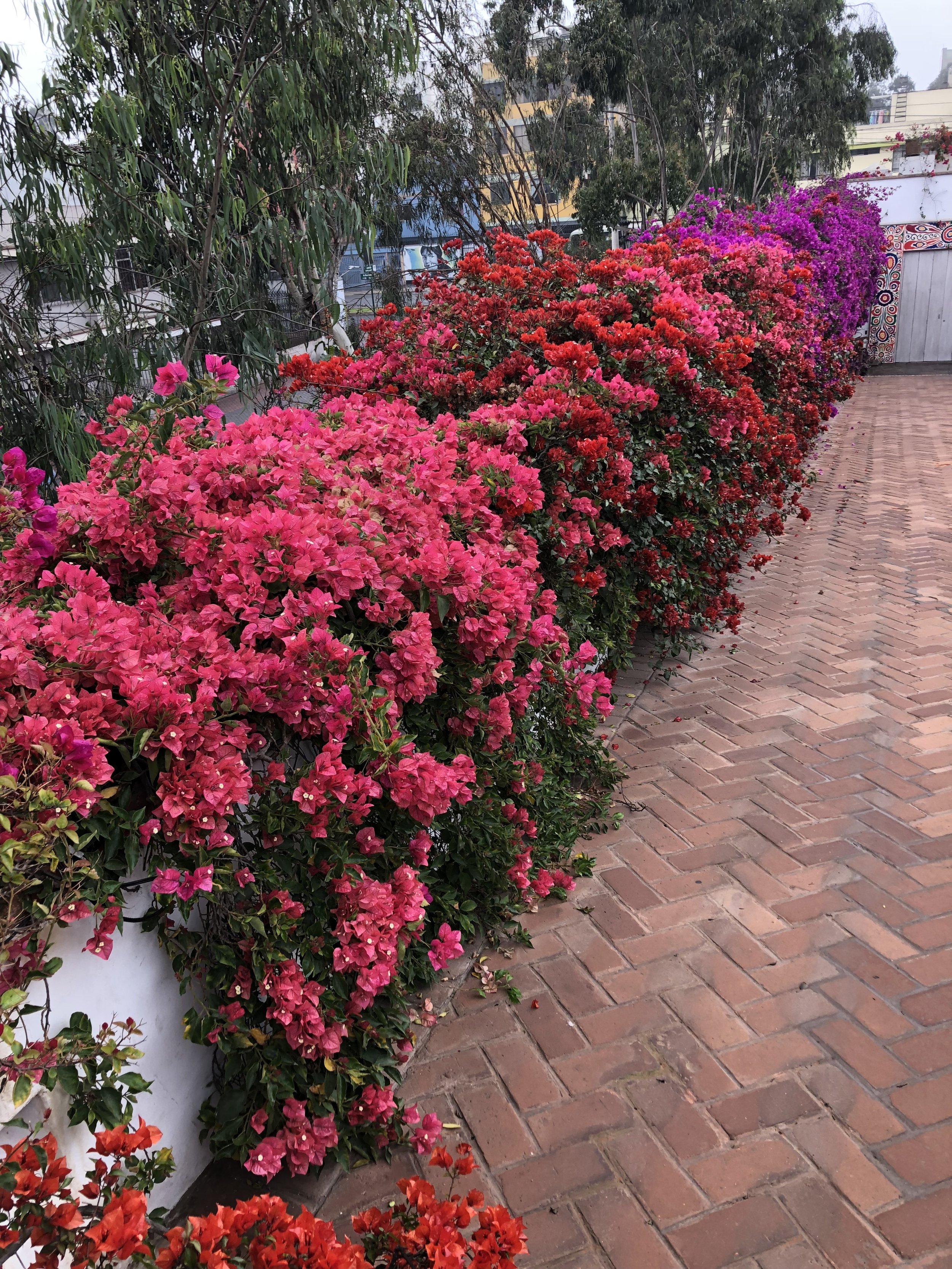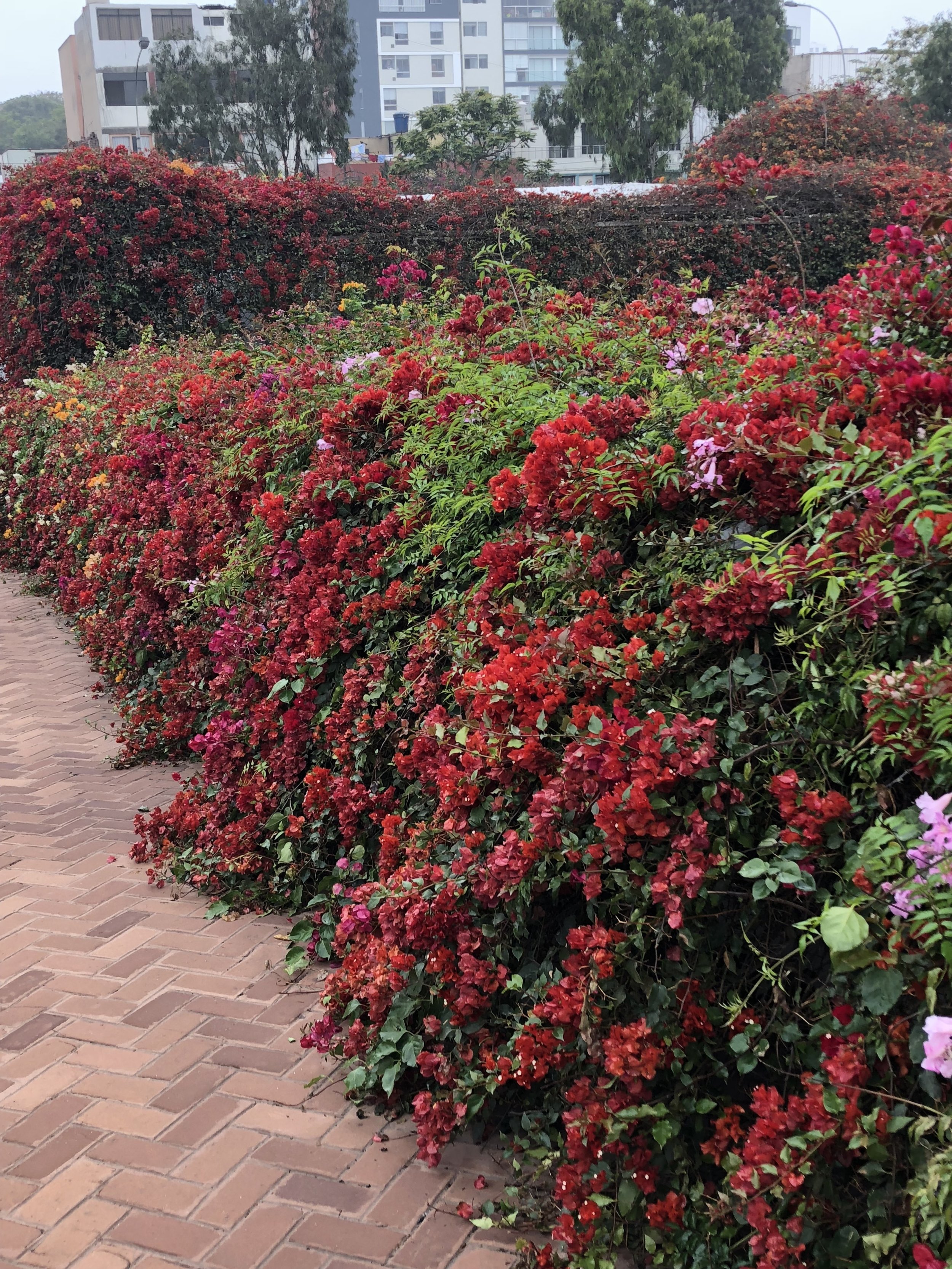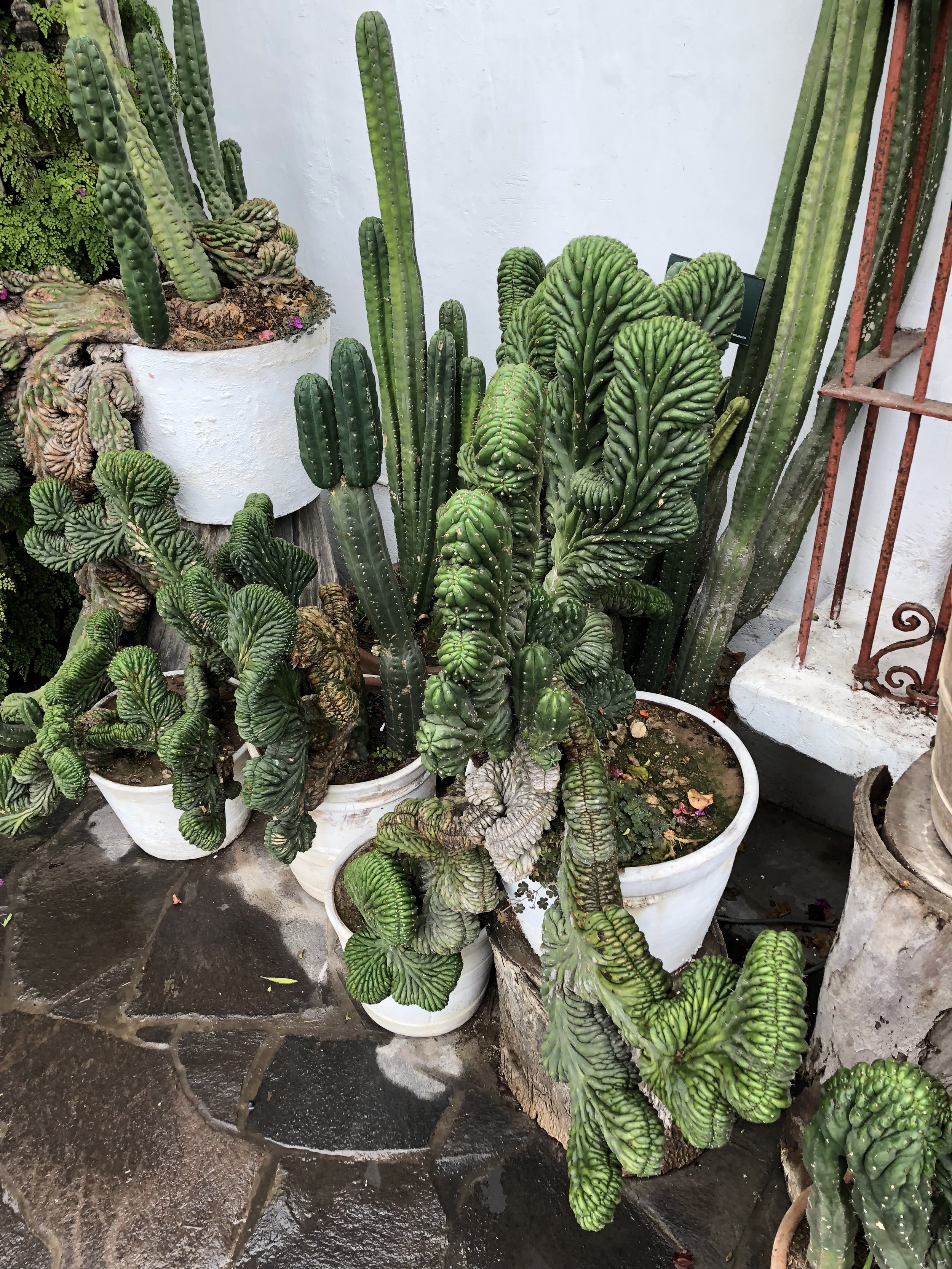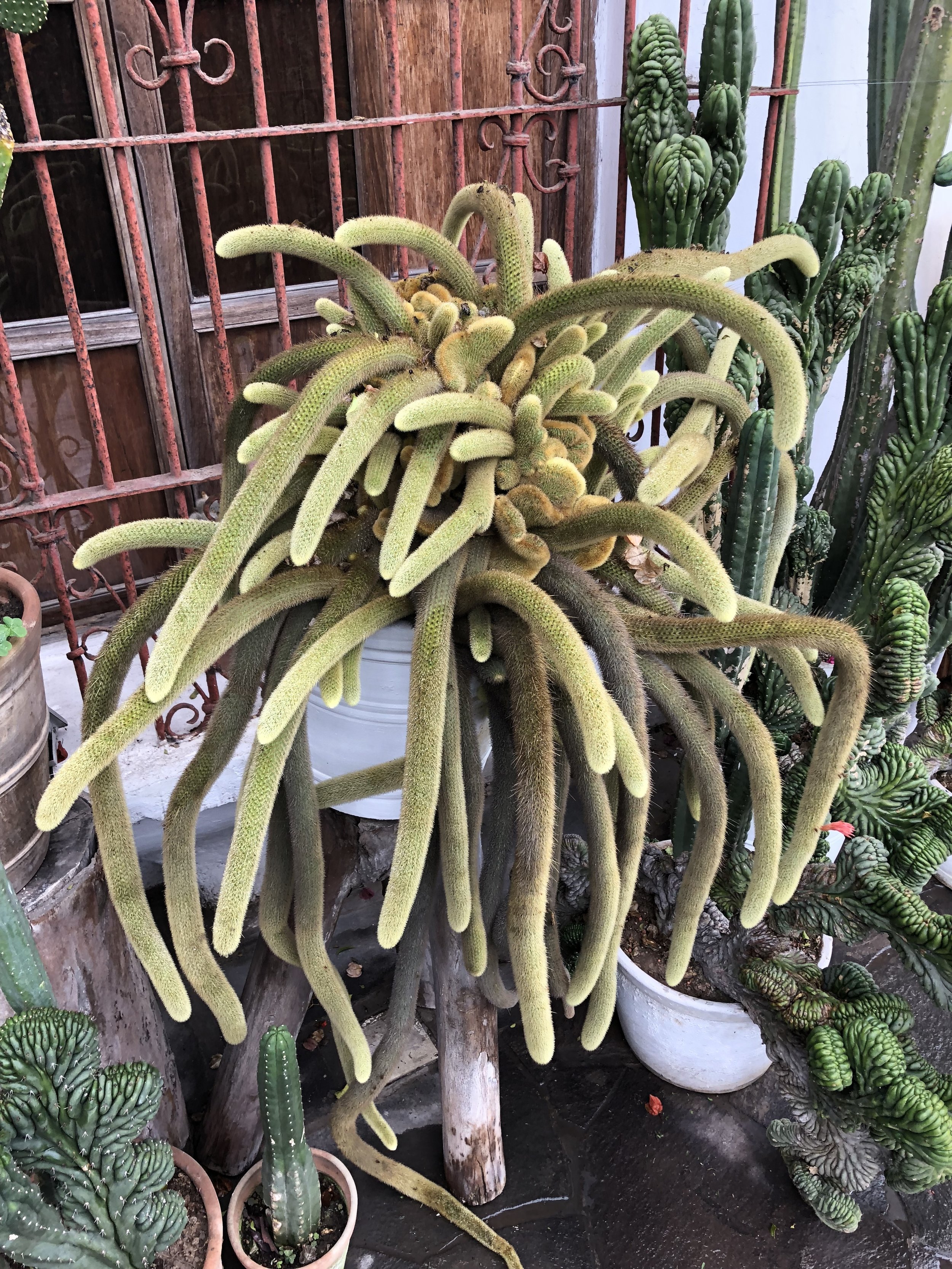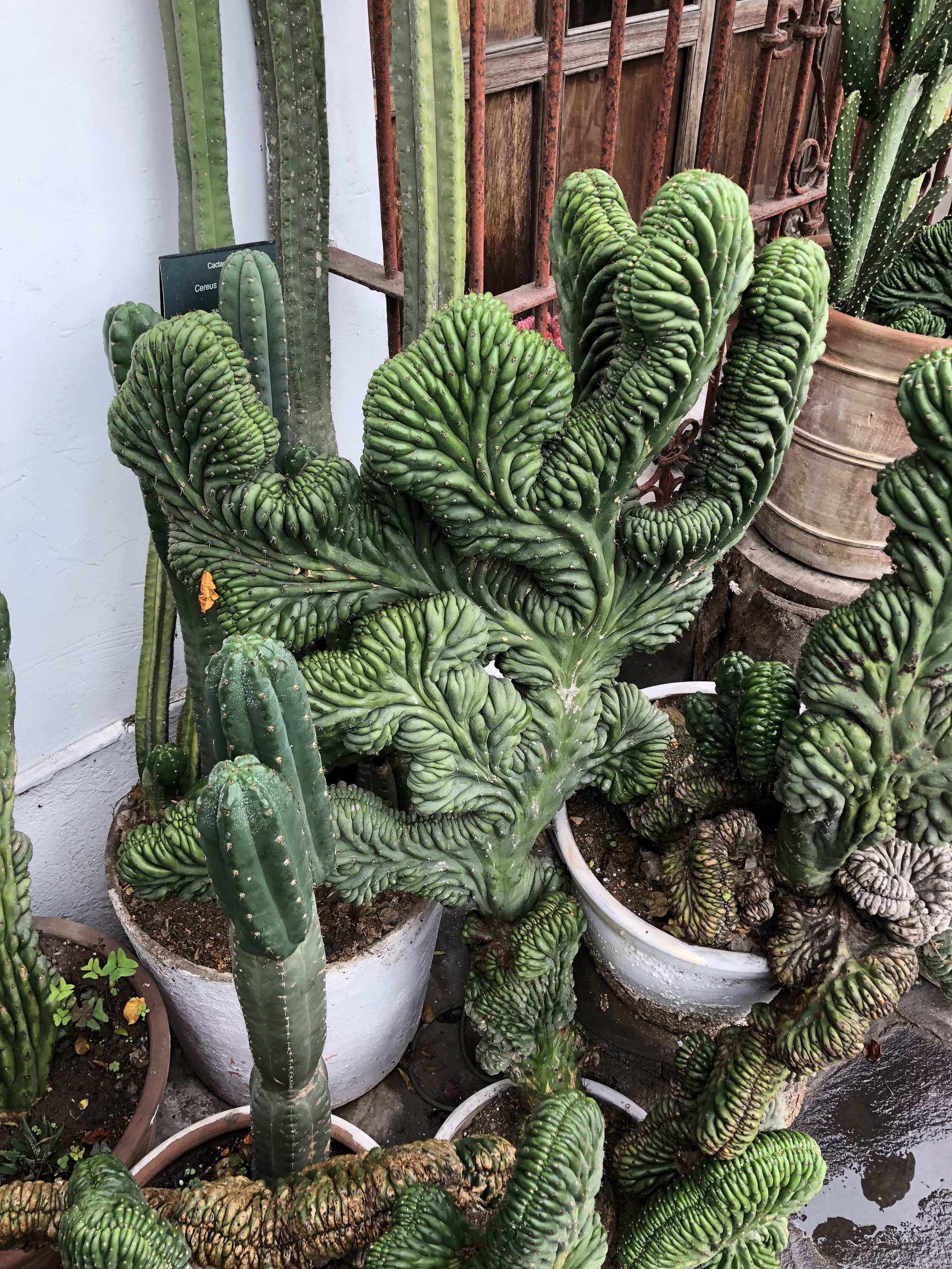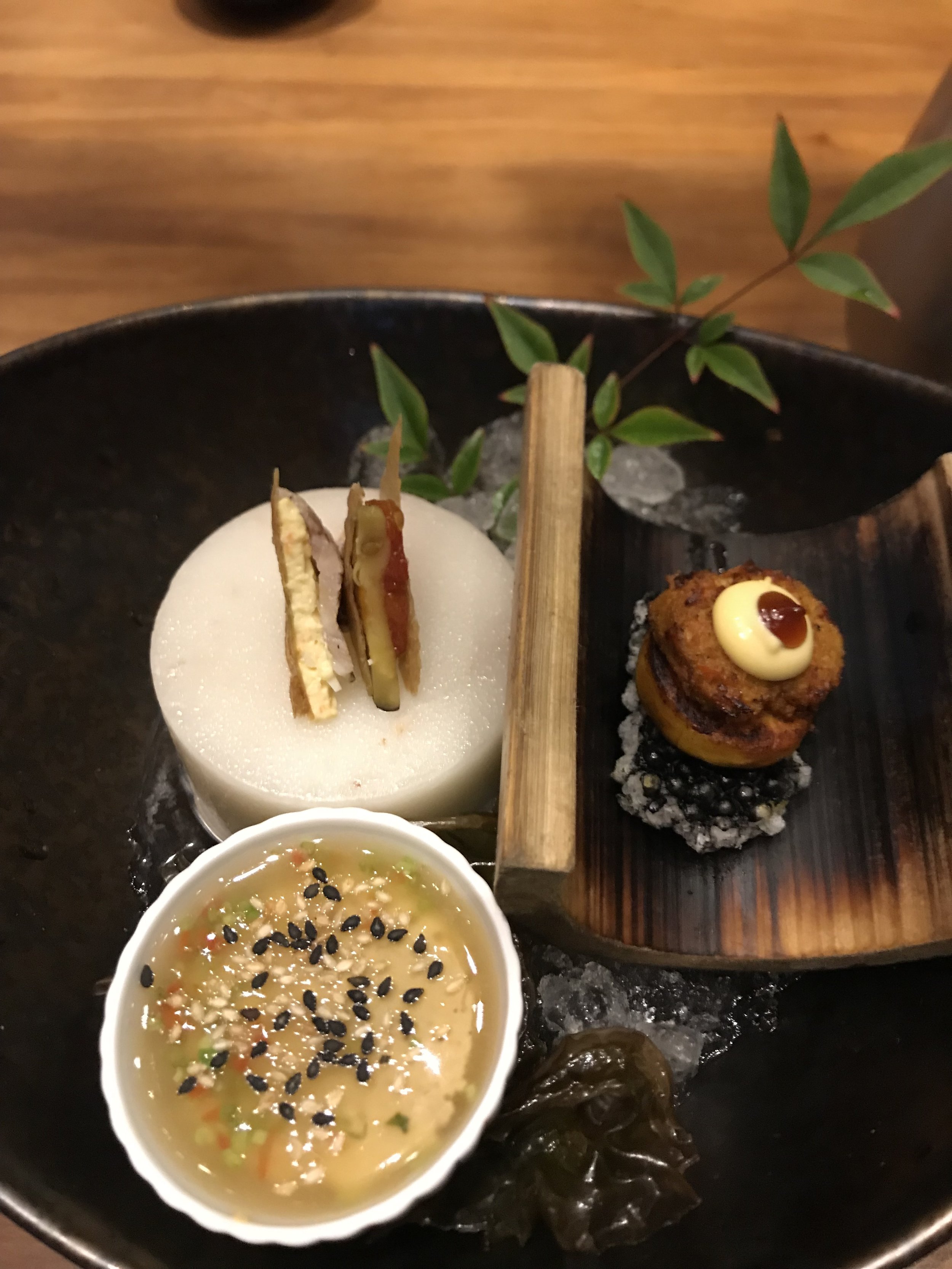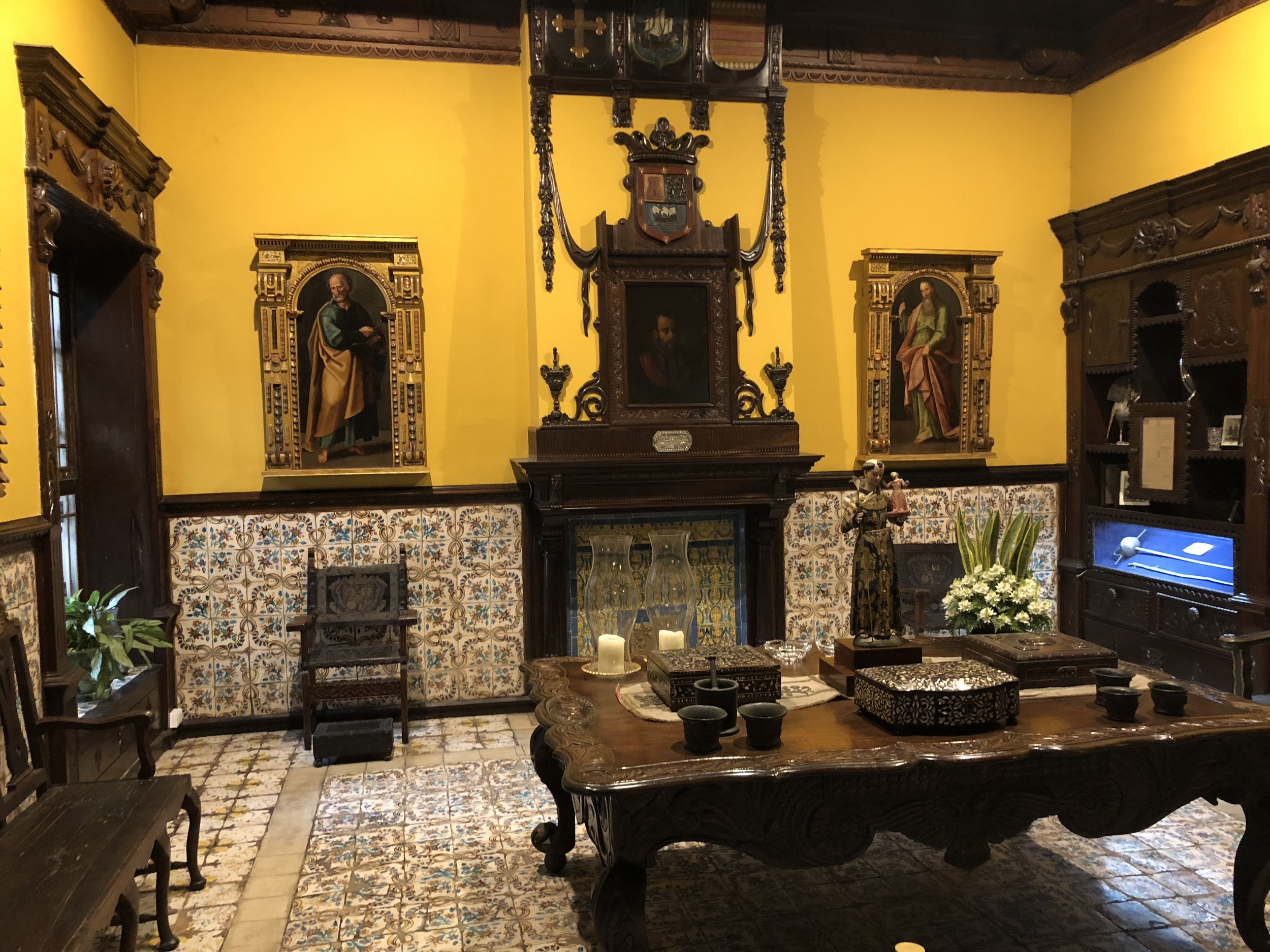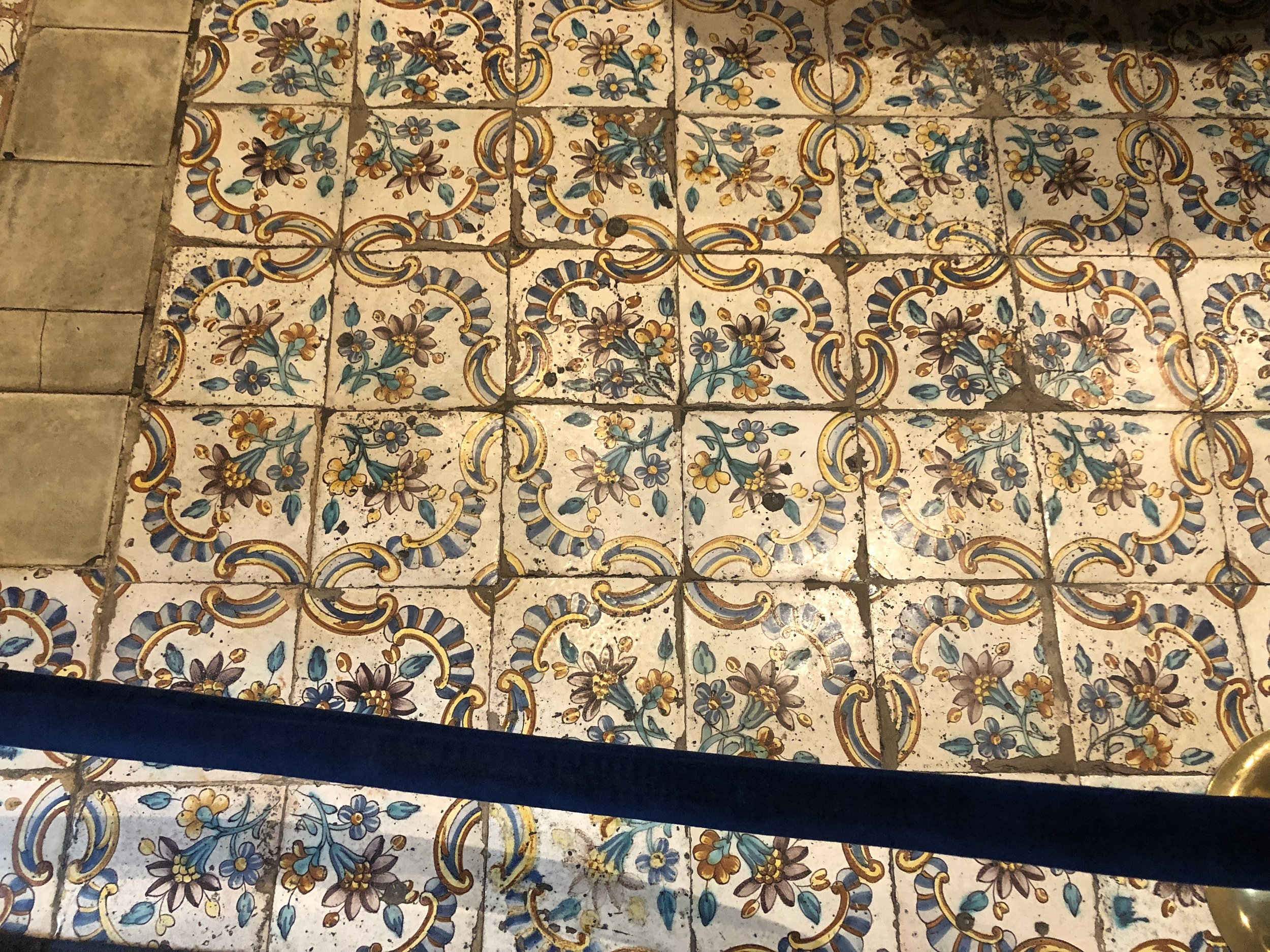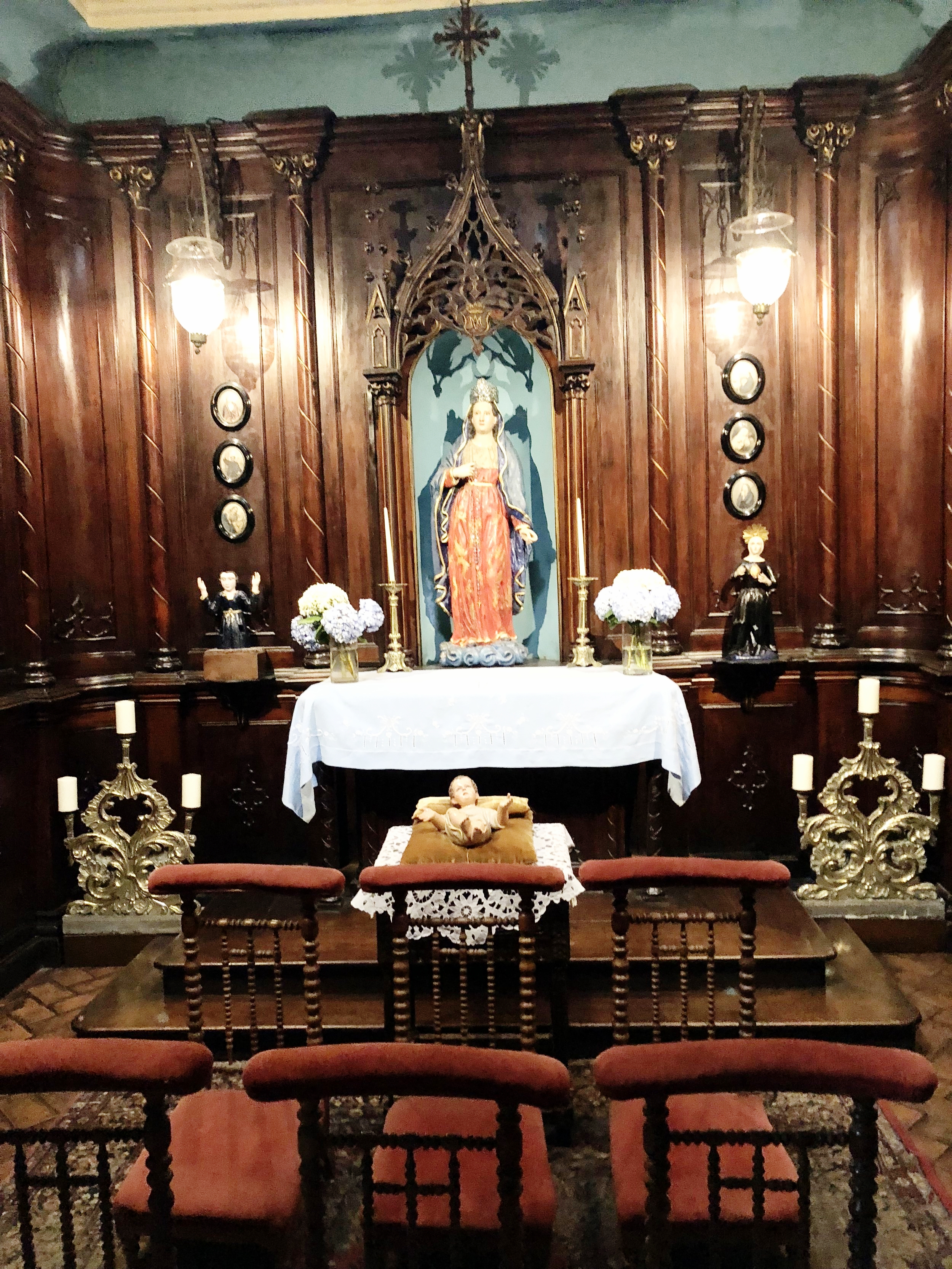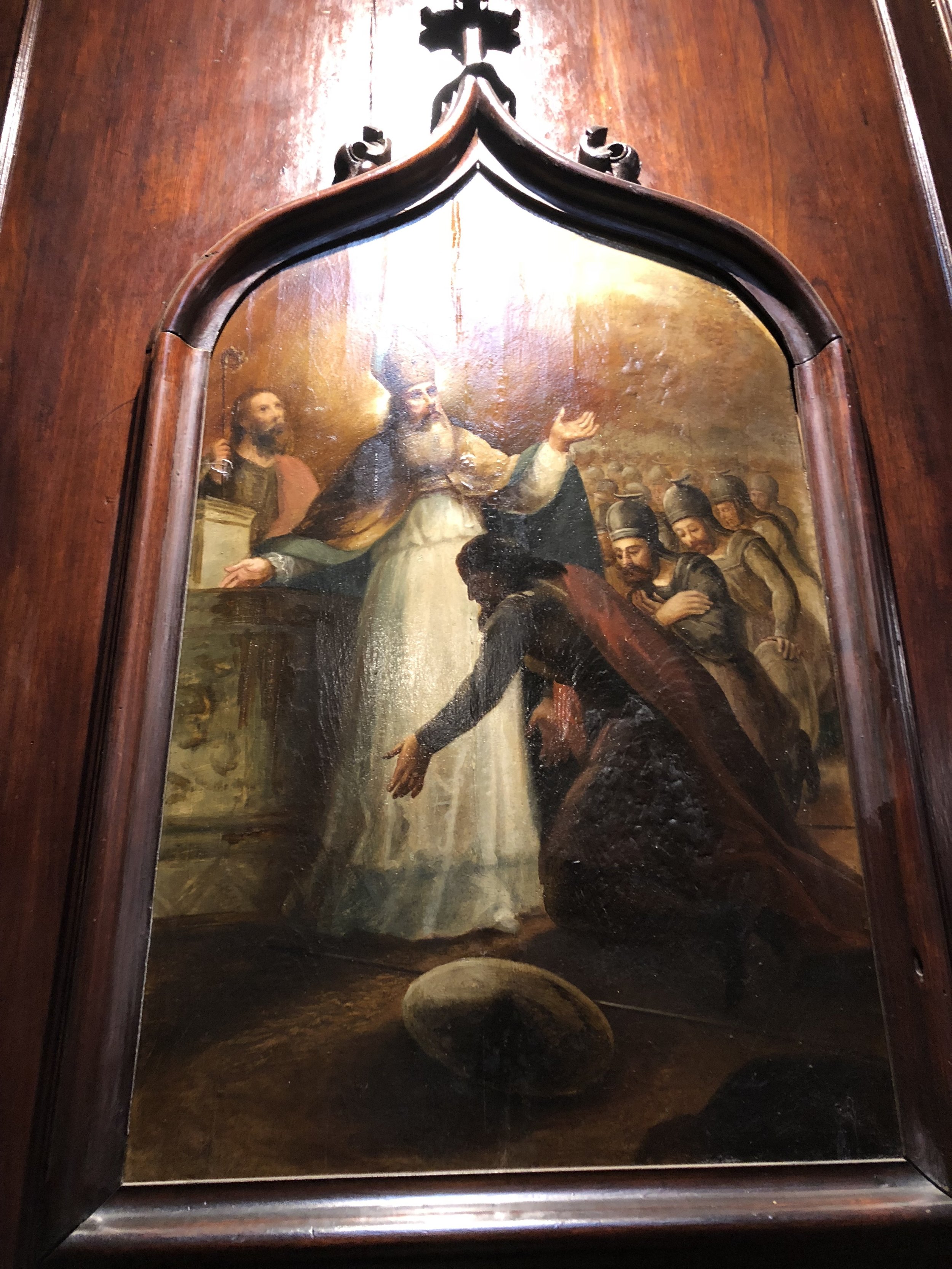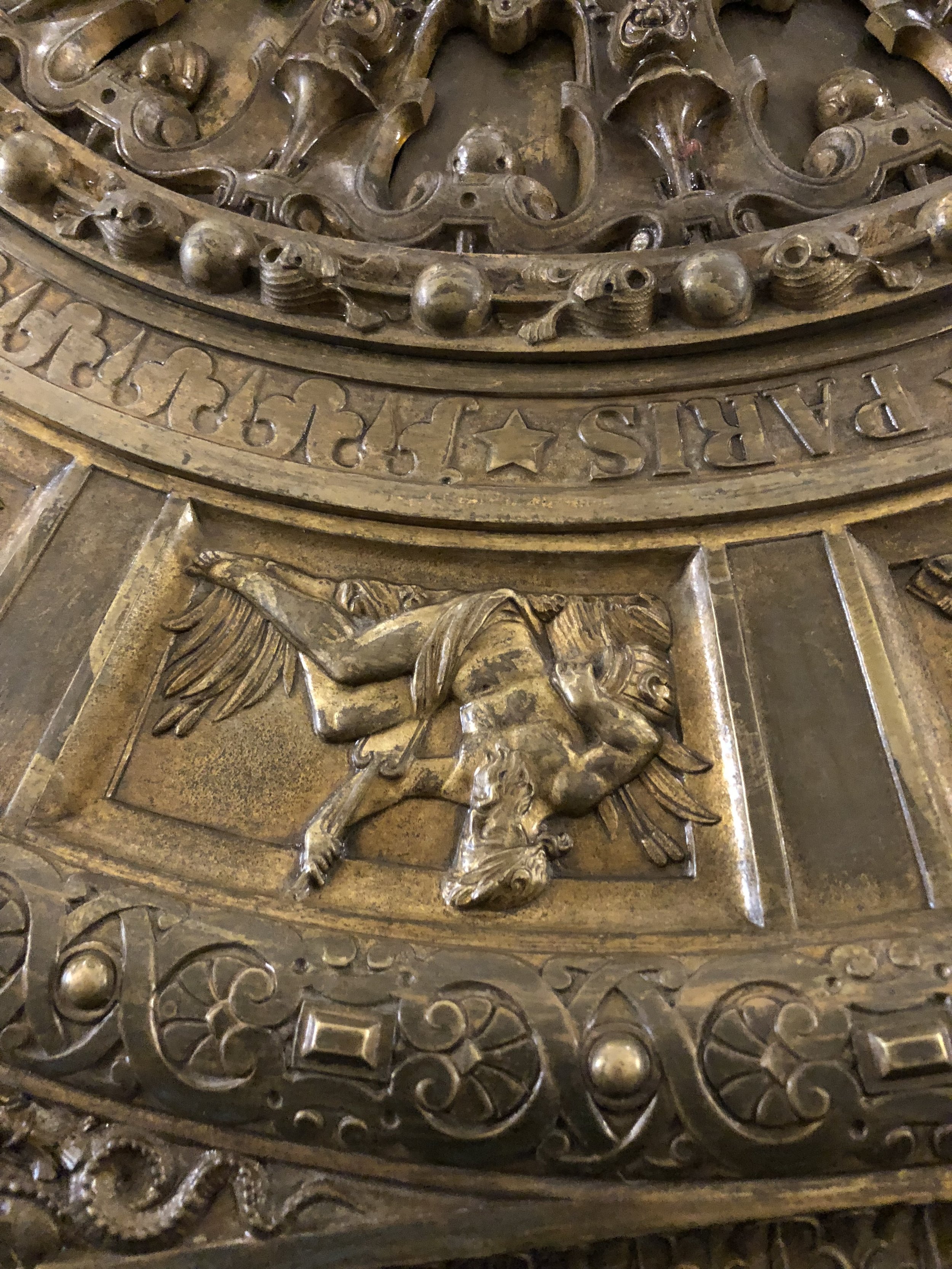Lima Peru: My First Foray Into South America (But Not My Last!)
Peru. Land of the Inca. Home to ceviche, the Sacred Valley, alpacas, and the pisco sour.
Full disclosure. Peru was not on my radar to visit. I always figured my first time in South America would be in Argentina or Brazil. But that's the beauty about travel. Sometimes an opportunity presents itself to go somewhere and you just gotta jump. I have a friend whose son is in Peru on a mission trip, and while he is off building a school and playing soccer with the local kids, his mom wanted to be in the country seeing the sights. She asked for folks to come with her and I happily agreed.
We'll split our time between the Capital of Lima and Cusco, the gateway to the Sacred Valley. While Machu Picchu is close to Cusco it's not in the cards for me. Logistics and time just don't make it possible.
In any case, it's another opportunity to visit a different country and a different culture and I couldn't be more excited.
Lima: The City of Kings
We land in Lima very close to midnight and make our way to where we are staying in the District of Miraflores along the Pacific Ocean. Because it sits in the Southern Hemisphere it is early winter in Lima. What that means is that the city is in a kind of permanent "gloom" -- cloud cover that never really lifts but without any rain. It's a pity because I'm sure Lima is beautiful in the sunshine. Unfortunately we don't have that experience.
Lima is a city of 11 million people and is broken into districts. Miraflores is the most international district. Most foreigners stay here. The majority of the fine dining restaurants are here. It's the best place to locate. Barranco is where you'll find the artists, the musicians, the authors, and the cool kids. The Central District or "El Centro" is home to the Government Palace, the Cathedral of Lima, and the oldest house in South America. I'll visit all three as well as the Larco Museum in the Pueblo Libre district.
Miraflores & Barranco
Day one starts with a very short bicycle tour. It would have been longer but in all honesty I was not prepared for it. The bicycle I had was uncomfortable, not very well maintained, and all I was doing was trying not to die in Lima's traffic. I saw the Pacific from atop the Larcomar Market and the Park of the Cross before I sent my traveling companions on their way with the guide and went on foot through Barranco.
The Park of the Cross was the first place the Spanish landed in what would become Lima. Legend has it that the sailors saw a cross high on the bluff and when they reached the spot it was gone. They raised a cross of their own on the spot and it has been there since. The church next door is being renovated and has an interesting history. The story is that there was a priest who treated the native people very cruely. During one of the frequent earthquakes that occur in Lima he was in the front garden of the church when the church bell fell from the belltower and decapitated him. Talk about divine intervention!
If Peru has a national dish it is more than likely ceviche, the combination of raw fish, citrus juice, onion, and chili pepper is served throughout the country. On my walk through Barranco I was able to find some delicious ceviche at a small place called Barra Mar. The fish was ultra fresh, and the lime juice, onion, and pepper gave it a tart, spicy flavor that was addictive! I also was lucky to find a great craft brewery the Barranco Beer Company. The IPA was sweeter than any IPA I've had in the US. Their Pale-X was a fantastic rye based ale.
Day two in Lima. We are having lunch at Maido, the #8 ranked best restaurant in the world but before that I am going to take in the Larco Museum in the Pueblo Libre District.
Museo Arqueológico Rafael Larco Herrera
The Most Complete Set of Solid Gold Ceremonial Regalia in the World
What started with a gift of around 600 ceramic pieces has grown into one of, if not the best museum of pre-Columbian art in the world. The museum is broken down into four areas: North Coast, Center, South, and Highlands Cultures. There are ceramics, textiles, metalwork pieces, and a storage area with thousands of pieces catalogued. If it weren't for this museum many if not all these pieces of history would have been taken, sold, and never seen again.
I have been fascinated by this kind of art since I saw the new, world art exhibit at the Louvre in January. What it shows me is that ancient peoples of the world are all connected. The art of pre-Columbian Peru looks like totem pole art in North America and pieces I've seen from Polynesia and Africa.
The animal imagery in the pieces represented the three areas the pre-Columbian peoples considered divine: the sky (where the sun is, represented by the owl and eagle), the ground (where people are, represented by the cat and frog), and underground (where crops grew from, represented by the snake and spider).
Something else I found interesting is that, while most of the pieces were functional, the people who had them used them mostly for decoration in their homes. They were the original knick-knacks!
The grounds themselves were lovely as well with bougainvillea and bottle brush trees blooming and several varieties of cactus I hadn't seen before.
Maido: Peruvian/Japanese Fusion at One of the World's Top Restaurants.
Nikkei is a word with multiple meanings, one of which describes the Japanese global diaspora. In the late 19th century thousands of Japanese came to Peru to work on two year contracts. Lots of them decided to stay and the two cultures have become intertwined. Chef Mitsuharu "Micha" Tsumura has taken his heritage -- born in Lima to Japanese parents -- and in Maido has created a restaurant that fuzes Peruvian ingredients with Japanese techniques into something he calls "The Nikkei Experience". In 2017 Maido was voted the top restaurant in Latin America and the #8 restaurant in the world. When I decided to book the trip to Peru a visit to Maido was on my "must do" list.
The atmosphere in Maido is minimalist and fairly familiar of other sushi restaurants I've been to. Wooden tables and chairs throughout with staff hustling around in a very efficient manner. One detail that was pretty cool is above the diners heads. Ropes descend from the ceiling many stained red. When viewed from opposite sides of the restaurant the ropes look like either the Japanese or Peruvian flag.
The Nikkei Experience lunch is a small plate of three "amuse bouches", eight small plates of food, and two desserts. Japanese and Peruvian cuisines are very compatible with each other. The fact that both rely very heavily on seafood from the Pacific Ocean is one of the reasons Chef Micha's menu works so well. Each dish was unique. Even dishes that had ingredients that were familiar to me were given a new twist. The ceviche was insanely fresh and perfectly spiced, the fish stew with yuca and amazing Peruvian yellow pepper was a barrage of flavors, the short rib is cooked for an astounding 50 hours and melts in your mouth, and the uni rice topped with even more uni was over-the-top decadent. The liquid nitrogen frozen tofu cheesecake "ice cream" was tasty and fun, and the granita served with a chocolate shell filled with the different kinds of cacao and nibs was served in a bowl made from sugar and was visually stunning. The entire meal was a delight and it was very cool to enjoy the Peruvian ingredients done in such a clever Japanese way.
I have been fortunate to have eaten in some outrageously good restaurants, and Chef Micha and the staff at Maido can be very proud of their place among the best places in the world.
Central Lima: The Church, The State, The People, and the Oldest House in South America.
Pizarro arrived in the land now known as Peru with less than 200 conquistadors in 1531. While they didn't have a lot of men, they did have four main things the native Inca (population 12 million) didn't have: guns, horses, the wheel, and an immunity to smallpox. It didn't take the Spanish long to manipulate their way into being in charge.
The Spanish set up in the Inca capital of Cusco. They helped orchestrate a civil war between Inca factions and then executed Atahualpa for his brothers death, thus completing their coup d'état.
In 1535 Pizarro founded the city of Lima as the Capital of what would become the Viceroyalty of Peru. It was from here that the Viceroys would rule Peru until 1824.
Casa de Aliaga: The Oldest Colonial House in South America
Street Entrance of Casa de Aliaga. Photo Courtesy of Trip Advisor
Entranceway of the Casa de Aliaga
Pizarro had a friend named Jeronimo de Aliaga y Ramirez who came with him to Peru. He gifted him land to build a house and it has remained in the Aliaga Family since 1535. Throughout history the family has seen politicians and diplomats, and has remained one of the leading families on Peru.
At one point there were tunnels connecting the house to the Cathedral, the Government House, and the nearby convent.The house itself is still used by the Aliaga family today. There are two apartments inside the house the family uses as well as the dining room and chapel. It really is a lovely example of colonial architecture and the family has done a magnificent job of preserving it.
So my stay in Lima was really something. It was fascinating to be in such a big city that felt more like a lot of smaller cities. I would love to return in their Summer to see the city when the sun is shining and the beaches are full. The people I met were very warm and friendly. I'd love to see more of Miraflores and Barranco and try some more Peruvian food!
Next I flew to Cusco to learn more about the Inca and to experience the Andes at an elevation of over 11,000 feet!















